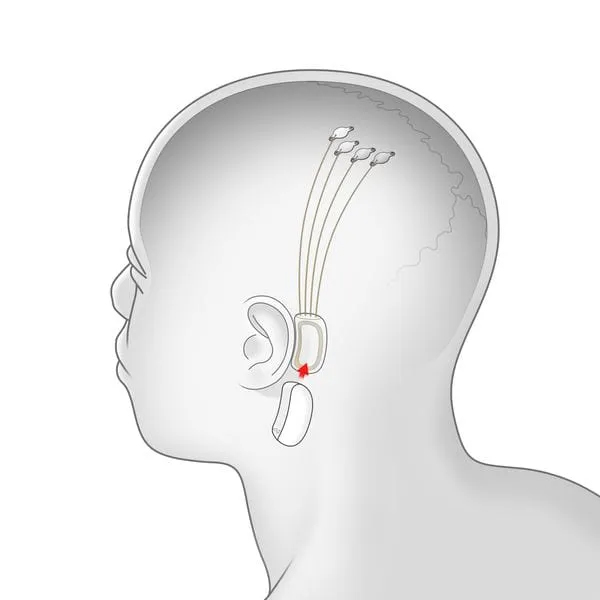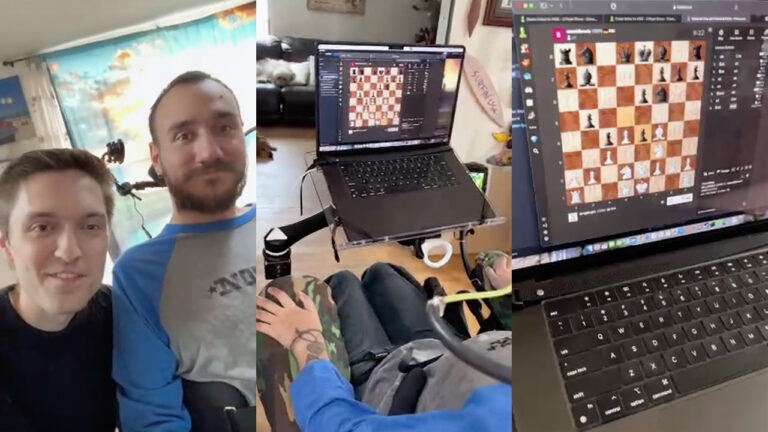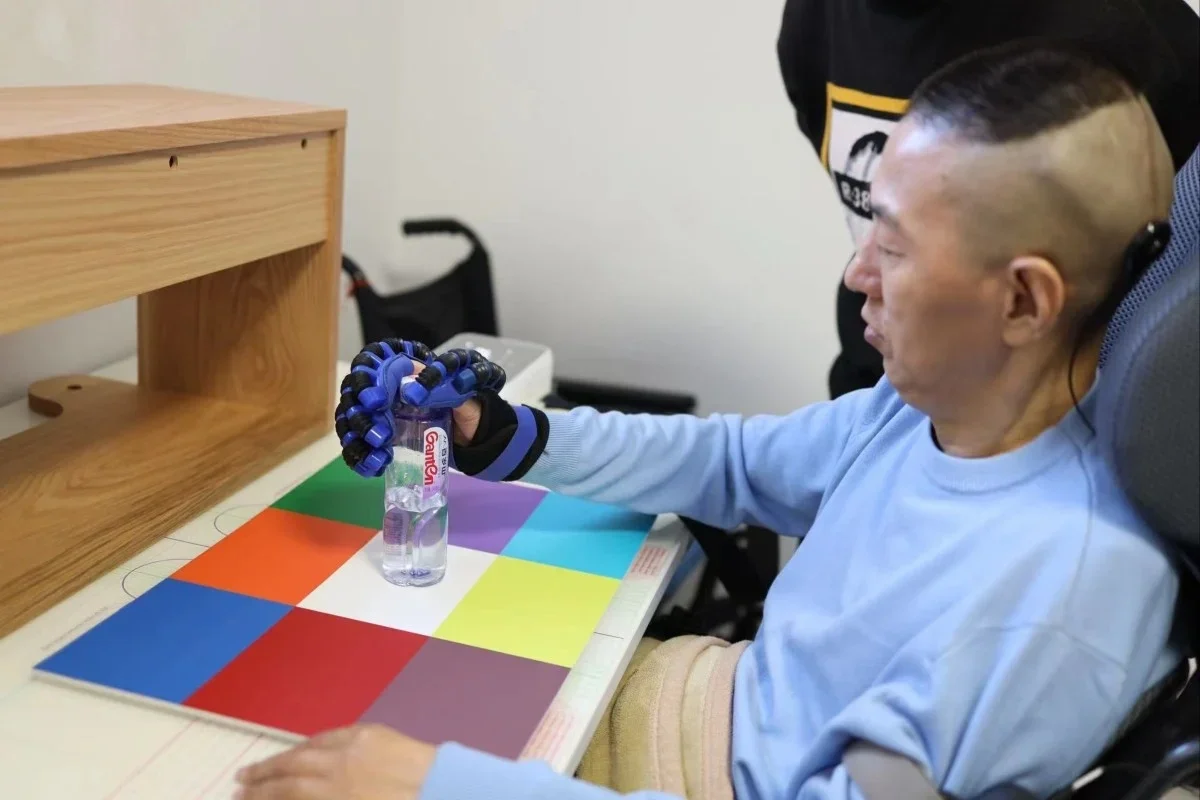When will we start implanting gadgets into our brains and who needs it?
While you are eating milk and cereal, cyborg people have been walking among us for a long time. How do you like this?
Firework! The device is run by the Chad AI team, and we are here to tell you a little about Elon Musk's sensational chips. And also about how many monkeys managed to complete the game “Pong” with the power of thought and when we will begin to subscribe to each other in our heads.

What are these chips and how did they appear?
In 2016, Elon Musk created the Neuralink project. The guys are developing a chip that transmits brain signals via Bluetooth. Or rather, they have already developed it. In April 2021, the world saw a macaque playing a video game thanks to such a chip, and in 2023 it was successfully implanted into a human. The implant was called “Telepathy”, and you can control it “just by thinking.”
It turns out that there is a cyborg among us – a patient with an implant has opened a new level with expanded capabilities, because now he can control his prosthesis, as well as a computer or phone using brain impulses.
Here's how it works: a capsule is inserted into the head, from which there are threads connected to a special part of the brain. This unit communicates via Bluetooth with devices such as a phone, computer or tablet.

Who was Neuralink invented for?
The main mission is to empower people who have neurological diseases. With the help of the chip, you will be able to control your hormones, cope with anxiety, and your brain will, in principle, begin to work more efficiently. And they want to make the operation itself robotic, like laser vision correction. Fairy tale!
In 2021, the company conducted experiments on macaque monkeys and showed a video of the animal playing a video game using a chip implanted in its brain. Scientists connected Pager's monkey to a game console. First, he played with a joystick for a reward of a banana smoothie, which was delivered through a metal straw. And then the joystick was removed and they began to send a signal to the gaming device, modeled on the data that comes from the brain through the chip.

But an even more impressive example appeared just recently, in March of this year, when the Neuralink team showed how a man with an implanted chip played chess on a computer. Thanks to the implant, Nolan Arbo, who was paralyzed from the shoulders down after the accident, was able to control the cursor using the power of thought.

But the tests were going on even before Neuralink appeared.
It is difficult to call these two stories a revolutionary scientific discovery. After all, the very first prosthesis that interacted with the brain was a conventional hearing aid with an implant. It has been used since the 1960s and occurs in many people. A hearing aid connects the neural connections between the ear and the brain, which is how a person hears.
More complex implants began to be tested in humans in 2004. Then the startup BrainGate showed a system that consists of sensors connected to the brain and an external decoding device.
Here's how it was implemented: First, the paralyzed man gave a mental command to his hand. The hand did not yet obey, but the sensor read the signal in the brain and transmitted it to the decoding device. The device then recognized the signal and forwarded it further. After all, the cyber prosthesis carried out the person's command instead of his hand.
The experiments produced good results, but progress in the development of the BrainGate startup slowed down due to an undeveloped business plan.

Other analogues
Chinese scientists have developed and placed a wireless brain-computer neural interface implant into a person’s head. In simple words, it is a system that helps information exchange between the brain and an electronic device.
It took about 10 years to create. It was called Neural Electronic Opportunity. And the first person to be operated on was a man with paralysis of the limbs. The operation took place on October 24, 2023.

According to the source, the neuroimplant helped the man regain control of his hands. A man can again move them, squeeze and unclench objects. The only negative is that before performing all these manipulations, you have to put on the prostheses attached to the neural interface.
There are other examples of patients having neural interfaces implanted to compensate for lost functions.
Spaniard Neil Harbisson lost the ability to distinguish colors. He was implanted with a special camera that converts color into sound and sends information to the inner ear.
American Nathan Copeland suffered a serious spinal injury. A neurochip was implanted into him, with the help of which he learned to control an artificial hand.

How soon will these technologies reach the masses?
The examples we talked about above are isolated. Such interfaces have not been put into mass production because there is a possibility that some people's tissues may reject foreign bodies.
But recently, scientists have discovered a biosynthetic material that can be implanted into the human brain to connect it with artificial intelligence. And it will not be rejected by tissues and leave visible damage. Perhaps this is what will be used for future “cyborgs”, but this is still speculation.
Scientists will take about 10 more years to create universal neuroimplants that will suit everyone and help restore damaged areas of the brain. But, as we see, implants that use and expand the capabilities of a healthy brain already exist. Perhaps, with their help, very soon we will control not only a computer or smartphone, but also all the devices around us.






